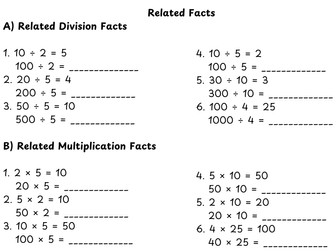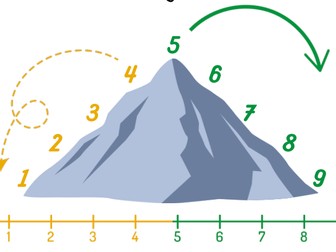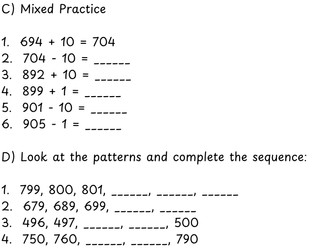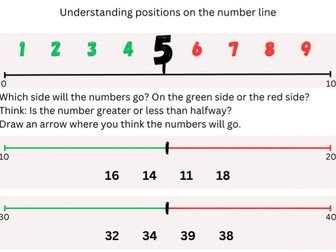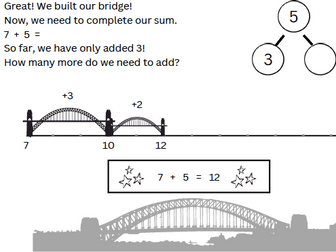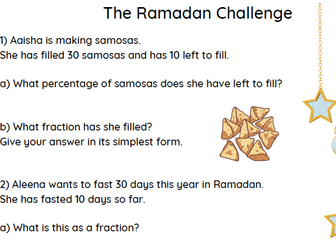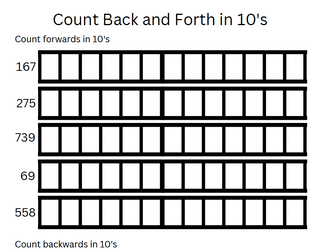Year 3 Related Facts Worksheet: Division & Multiplication Focus
<p>This Year 3 worksheet focuses on strengthening students’ understanding of related facts in division and multiplication, with a specific emphasis on using divisors 2, 5, 10, and a sneaky 4 to introduce 25 x 4 = 100.<br />
The exercises encourage students to apply their knowledge of basic facts to larger numbers through place value, promoting deeper mathematical reasoning.</p>
<p>Contents:</p>
<p>Related Division Facts: Students will complete division equations by scaling up known facts (e.g., if 10 ÷ 2 = 5, then 100 ÷ 2 = ).<br />
Related Multiplication Facts: Questions designed to extend multiplication facts by introducing multiples of 10 and 100.<br />
Missing Numbers: Fill-in-the-blank problems to reinforce the relationship between multiplication and division.<br />
Challenge Section: More complex division tasks using multiples of 10 and 1000.</p>
<p>Word Problems: Real-life context problems requiring students to use their knowledge of related facts.</p>
<p>This worksheet offers a variety of question types to cater to different learning styles and can be used for independent work, homework, or small group instruction.</p>
